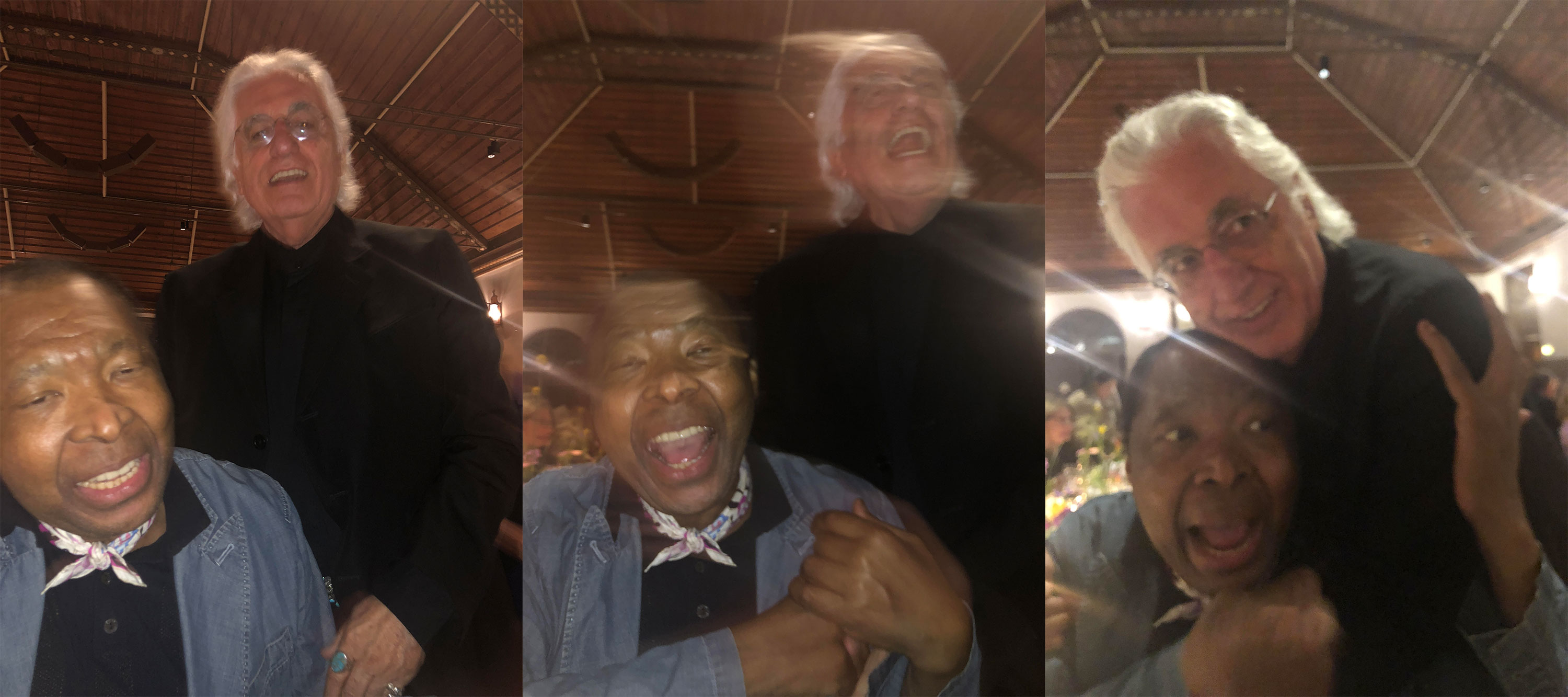Notes
1
Quotes taken from “The Future is the Past: Germano Celant and Francesco Vezzoli interviewed by Shumon Basar and Hans Ulrich Obrist,” Global Art Forum 10, Art Dubai, March 16, 2016 →.
2
John Russell, “Guggenheim Names Curator,” New York Times, December 1, 1988 →.
3
“Fashion Houses Art Patrons: Grazia Quoaroni and Germano Celant interviewed by Philip Tinari,” Global Art Forum 5, Art Dubai, March 16, 2011.
4
See “History: Fondazione Prada—Activities” at the Fondazione Prada website →.
© 2020 e-flux and the author
